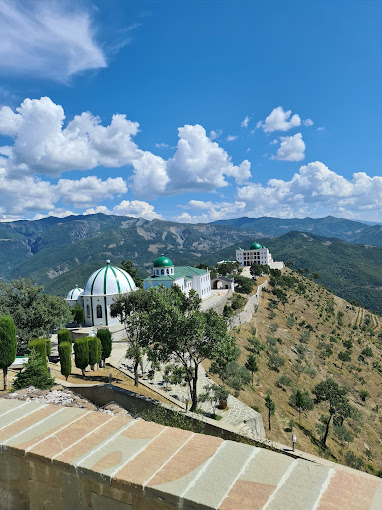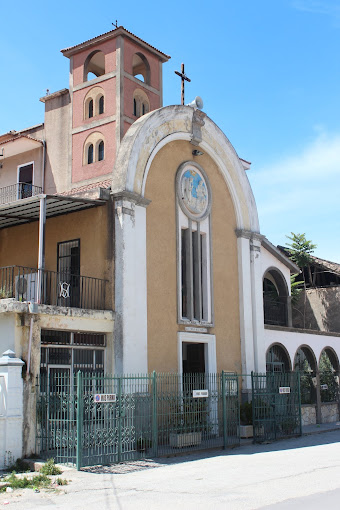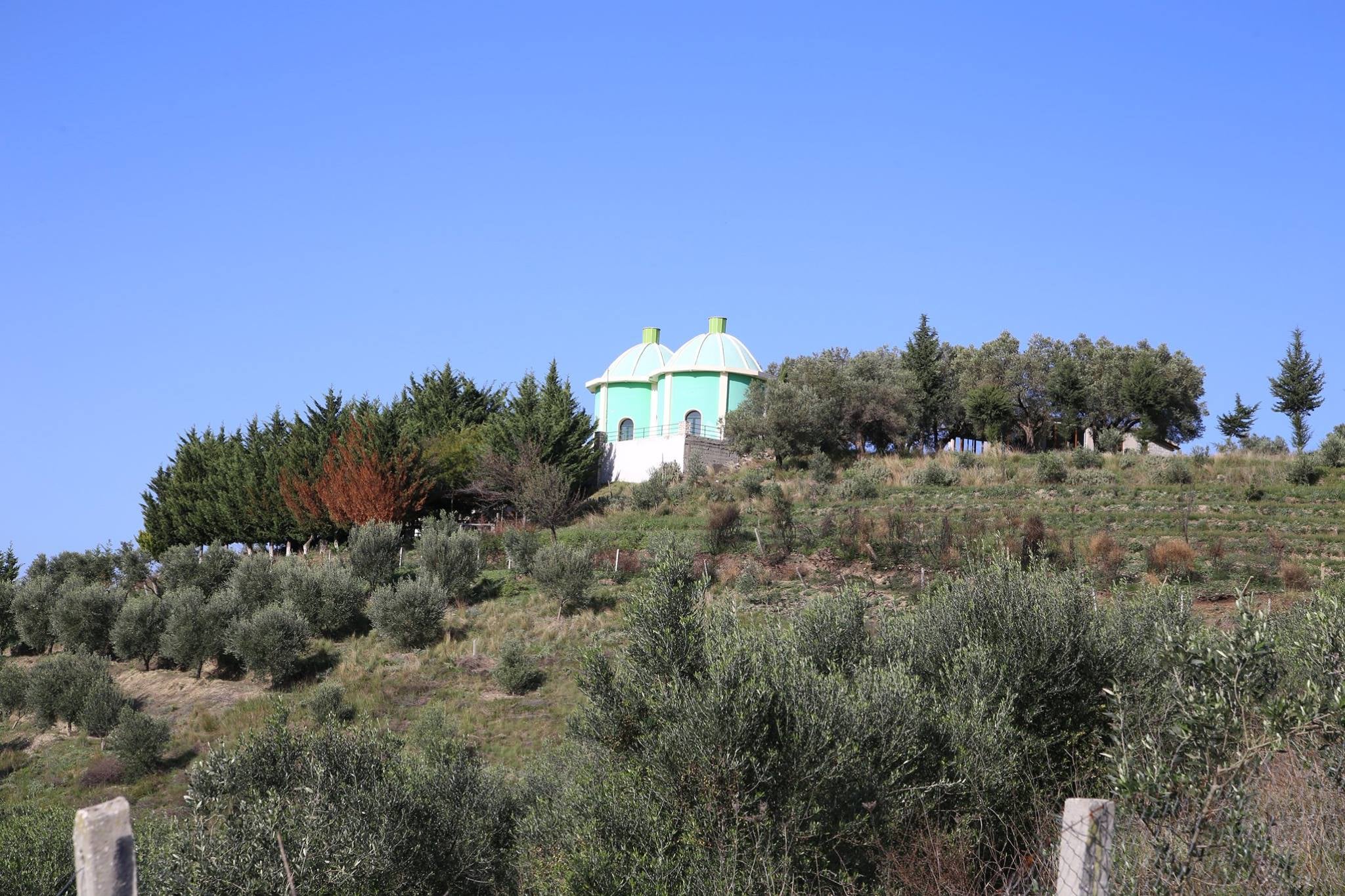The Church of Saint Mary of Apollonia is one of the most important architectural monuments of the medieval cult in Albania. Built on the foundations of an old pagan temple, it represents an important part of the country's history and cultural heritage.
The construction of the church, in the absence of an underlying inscription proving the exact date of construction, has become the subject of much study and speculation by historians and architects. However, some important aspects of its history and architecture are evidenced through inscriptions, murals and architectural style.
An important fresco is placed on the western wall of the church, depicting the Byzantine imperial family of Michael VIII Paleologus. The fresco shows that the emperor Mihali VIII (1259-1281) presented Saint Mary with the model of the church, it shows that he was the founder of the reconstruction of the church in the years 1272-1282. This evidence is another fact that shows that the church is old and had an important role in the feudal society of the area.
The architecture of the Saint Mary's Monastery complex includes the main church, the chapel of Saint Miter, the skevophylakion (place of the cult vessels), the trapeze, the belfry and the guest houses built in the 18th century. The church consists of exonarthex (portico), narthex, nave and altar. The west wall of the exonarthex was added later and is formed by a Romanesque colonnade, based on an unusual layout for a Byzantine church.
The Italian researcher Patricia Balenci has stated that the colonnade of the church is identical to that of the Church of Saint Benedict in Conversane in Puglia, Italy. This has led to the theory that the portico of Saint Mary's church was built during the Norman conquests of Naples, perhaps during their first expeditions to Albania in the XI century.
The church building is made in two generations: the lower part is built of ancient hewn stones, while the upper part is made of bricks bound with mortar, taken from ancient ruins. The nave is quadrangular in shape and is separated from the altar by a wooden iconostasis.
On the walls of the church there are numerous inscriptions that provide important historical information, including an inscription from 1250 and other later ones relating to different years and important events in the history of the church and the country.



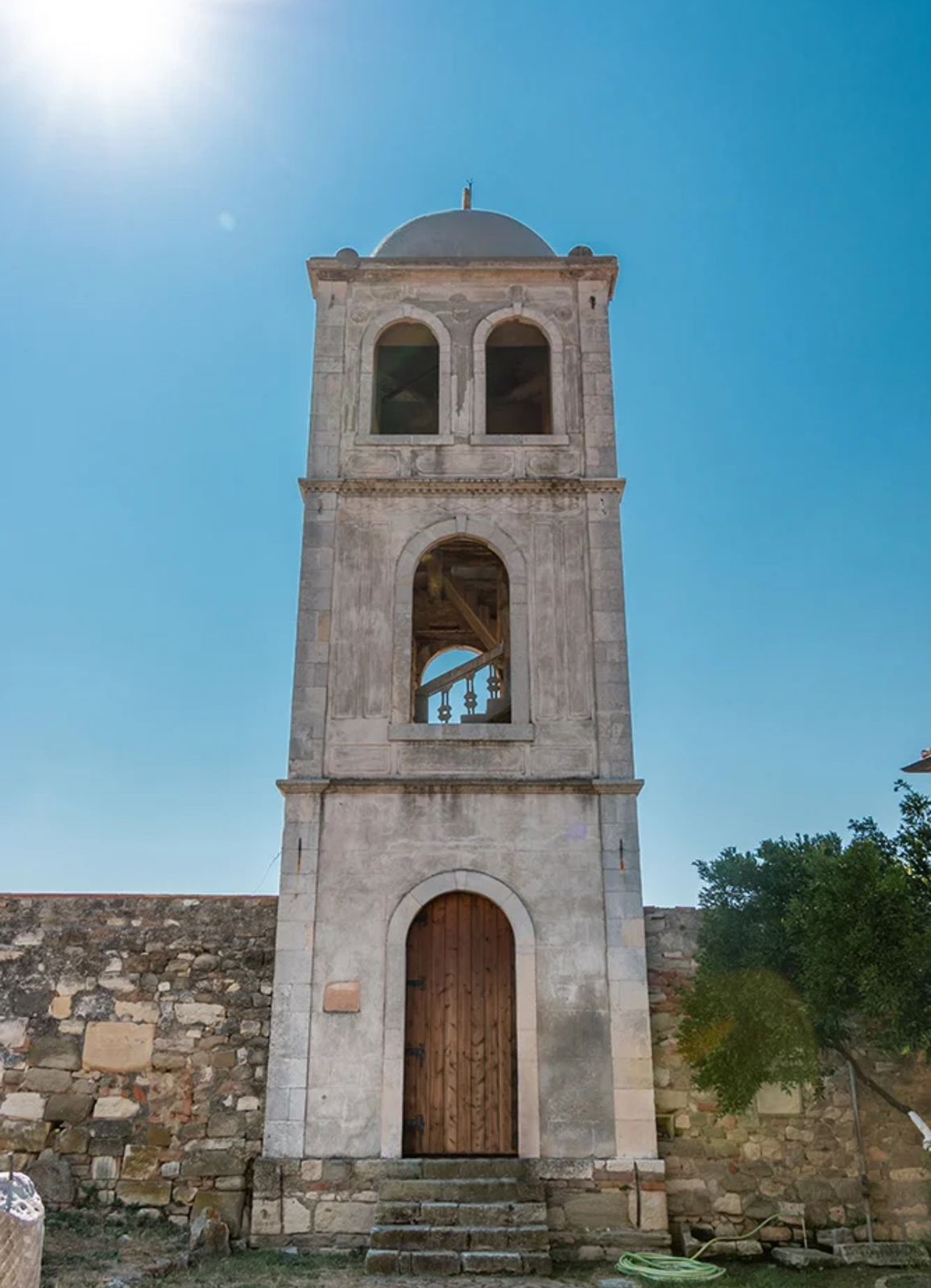


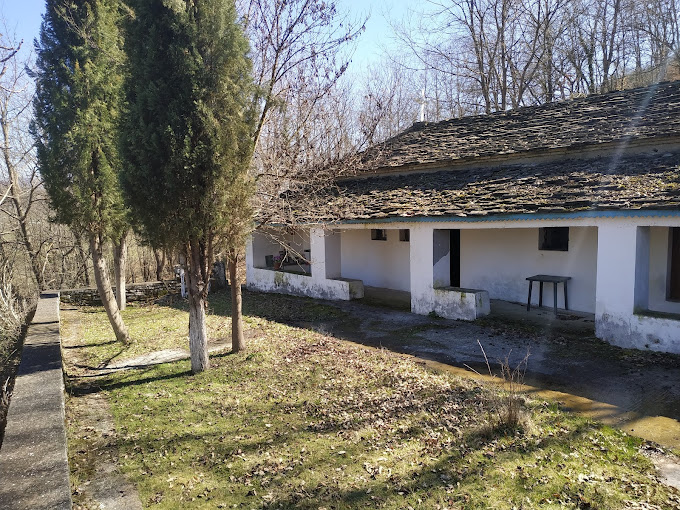
.png)
.png)
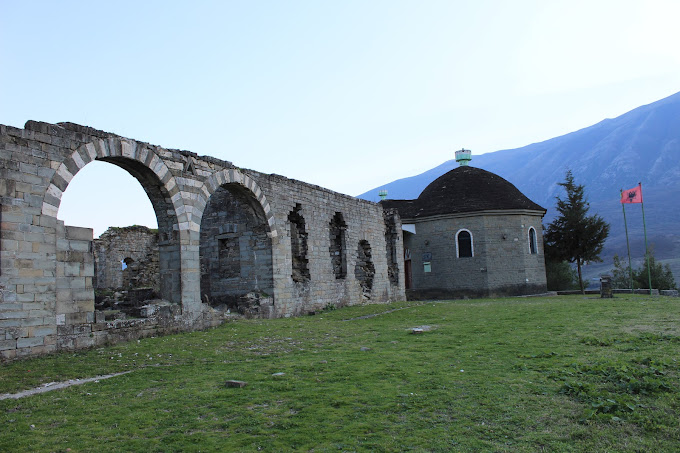
.png)
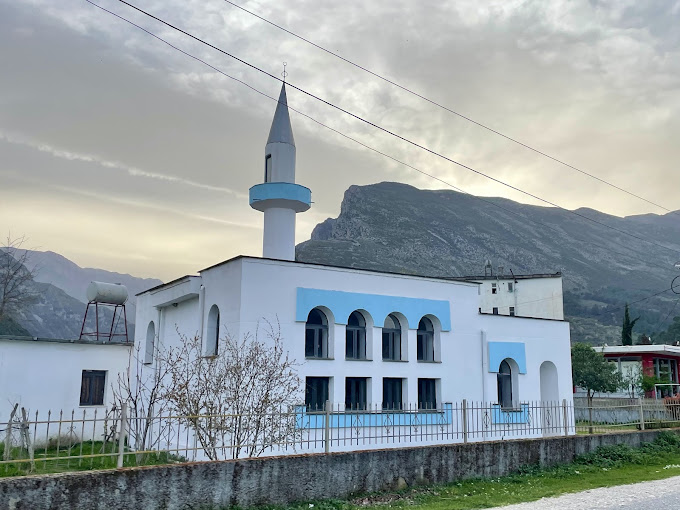
.png)
